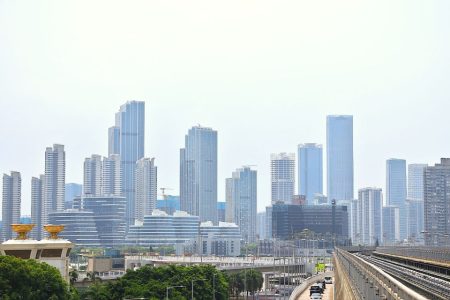Business ties between the Greater Bay Area (GBA) and Southeast Asia look set to intensify if a new report is anything to go by.
According to the report, jointly published by the Hong Kong Trade Development Council (HKTDC) and United Overseas Bank, approximately 96 percent of GBA companies with a presence in countries belonging to the Association of Southeast Asian Nations (ASEAN) intend to continue operations, or enlarge their presence, over the next three years.
Malaysia, Singapore, Thailand and Vietnam are the ASEAN markets most favourably viewed by companies from the GBA.
Titled Navigating Connectivity: Exploring ASEAN Opportunities for the Greater Bay Area, the survey was carried out in late 2023, and enlisted the participation of 671 GBA companies. Among the sectors represented were consumer goods, real estate, hospitality, construction, technology, media, telecommunications, professional services and financial services.
[See more: Macao needs better air connections to ASEAN, says Malaysian chamber head]
The GBA’s enthusiasm for ASEAN countries has grown in tandem with their increasing affluence.
“In the past, the reason why GBA companies want to enter the ASEAN market is to…tackle the issue of rising production costs [in mainland China],” the HKTDC’s deputy director of research, Louis Chan, told China Daily. “Nowadays, ASEAN itself has evolved into a big consumer market.”
The size of the market was given as a factor by nearly 56 percent of businesses planning to expand in ASEAN.
Business-friendly government policies and incentives also played a key role, with almost 50 percent of enterprises attributing this as a motivator, while the availability of good e-commerce services was the reason given by nearly 33 percent of participants.






